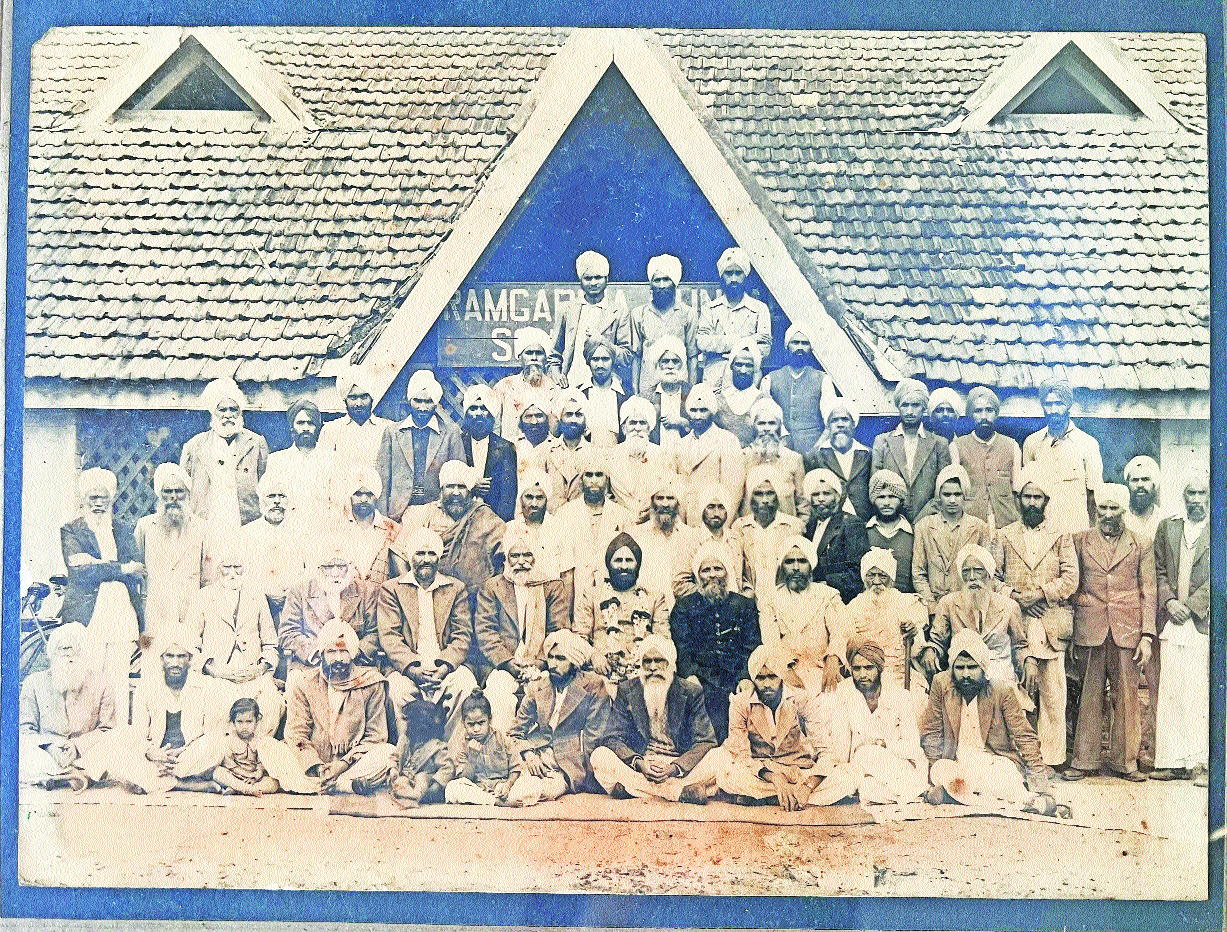Sikhs in Nagpur: A proud history of rise to prominence
| Date :13-Apr-2025 |

By Anoop Singh
The history of the arrival of the Sikh community in Nagpur does not start in 1947/48 but dates back to 1898 to 1911. Just as the first Sikhs entered Kenya in 1890 when British Railways employed them for laying the railway, the earliest Sikhs arrived in Nagpur when the erstwhile Bengal Nagpur Railways (BNR) wanted men skilled at carpentry.
These handful of Sikhs were great craftsmen, with excellent wood work skills with limited manual tools like chisel, hammer, drill, and saw. Motorised tools were not available then. The Ramgarhia clan of Sikhs comprised the skilled workers excelling in carpentry and good at iron work also. These few Sikhs would worship in a tent then. On his visit, a Sikh priest from Nanded suggested to railway contractor Karam Singh Contractor to donate a piece of land for Gurudwara. Karam Singh had land adjacent to the railway colony near Motibagh railway workshop. The workers stayed in tenements called Karam Singh Chawl.
He donated a piece of land near the chawl and the Gurudwara’s foundation stone was laid on November 9, 1927.
As one enters the Gurudwara,
one sees the rosewood ‘palki’ with the holy book.
Contd from page 1
The railings are of teakwood and vintage ceiling fans (still working) hanging from the height of 15 feet depict the old world charm. The original structure was brick red but was re-plastered for maintenance and painted white, with the saffron flag -- the ‘Nishan Saheb’ -- atop. The railway colony near Motibagh workshop is known as Punjabi Line Railway Colony. The young generation may not be aware that the first Gurudwara situated in Punjabi Line will be celebrating 100 years in 2027. Several Sikhs came to Nagpur and rose to prominence with sheer hard work. Sher Singh came in 1898 and worked for the BNR. With grit and determination he started his own enterprise called ‘J Sher Singh and Co’ with a lathe machine. Kirpa Singh, another prominent Sikh, started his truck body building firm. He owned a twin seat airplane, and his son Makhan Singh was a qualified commercial pilot. Sajjan Singh came in 1927 and started a furniture shop.
The Sikhs having a good knowledge of seasoned teakwood and workmanship gained appreciation from the elite of Nagpur city. Sajjan Singh and Co became a brand and its furniture still adorns many Parsi households, and many Maharashtrian and Christian bungalows. As the community grew in numbers, the Gurudwara on Kamptee road was constructed. Sajjan Singh of ‘Sajjan Singh and Co’ became the first President of the Gurudwara. Pritam Singh Renu landed in the city in 1935 and started a saw mill. Bhagat Singh Rehal stepped in Nagpur in 1935, worked with a construction firm, and later started his own enterprise ‘Bhagat Singh Rehal and Co’. The second batch of Sikhs to arrive in Nagpur were those displaced due to the Partition. In 1947/48 came the Khatri clan of the Sikhs who were businessmen, mostly traders having shops dealing in a variety of articles. The handful of Sikhs used to have celebrations like marriages and other parties.
Neither catering services nor event management were the norms then. Hazarilal, a cook, came from Peshawar. Tall, with a pointed nose, wearing a ‘kurta’ and a printed ‘lungi’, he was known as Hazari Halwai and was sought after by everyone during Punjabi weddings. Kapoor Singh Tuli came from Sheikhupura (Pakistan) to Karnal in Haryana (India). Later, fate brought him to Nagpur, which became the family’s permanent abode giving it all it needed and it never looked back. The first Sikh to become a ward member in Nagpur Municipal Corporation was Amar Singh Dhillon. A road near Kadbi Chowk is named after him. Atal Bahadur Singh rose to become the Mayor of the city. Although the early settlers were not highly qualified, they had foresight. They sent their children to missionary schools. Constructed in 1927-28, St John’s School in Mohan Nagar became convenient for the children of the community to study in.
The other schools for them were St Francis De Sales and St Joseph’s Convent. The present-day generations of the early Sikhs in Nagpur are either running the business enterprise set by their grandfathers or are professionals in varied fields. Prominent among them being late Prof G C Singh who was Principal of a college. Dr T S Rawal and J S Oberoi are Chartered Accountants. Today, the third and fourth generations of these early birds are doing excellent jobs in varied fields. They have diversified and have become manufacturers. They are employing local talent and contributing to the society. (The author is a contributor to ‘The Hitavada’.)
